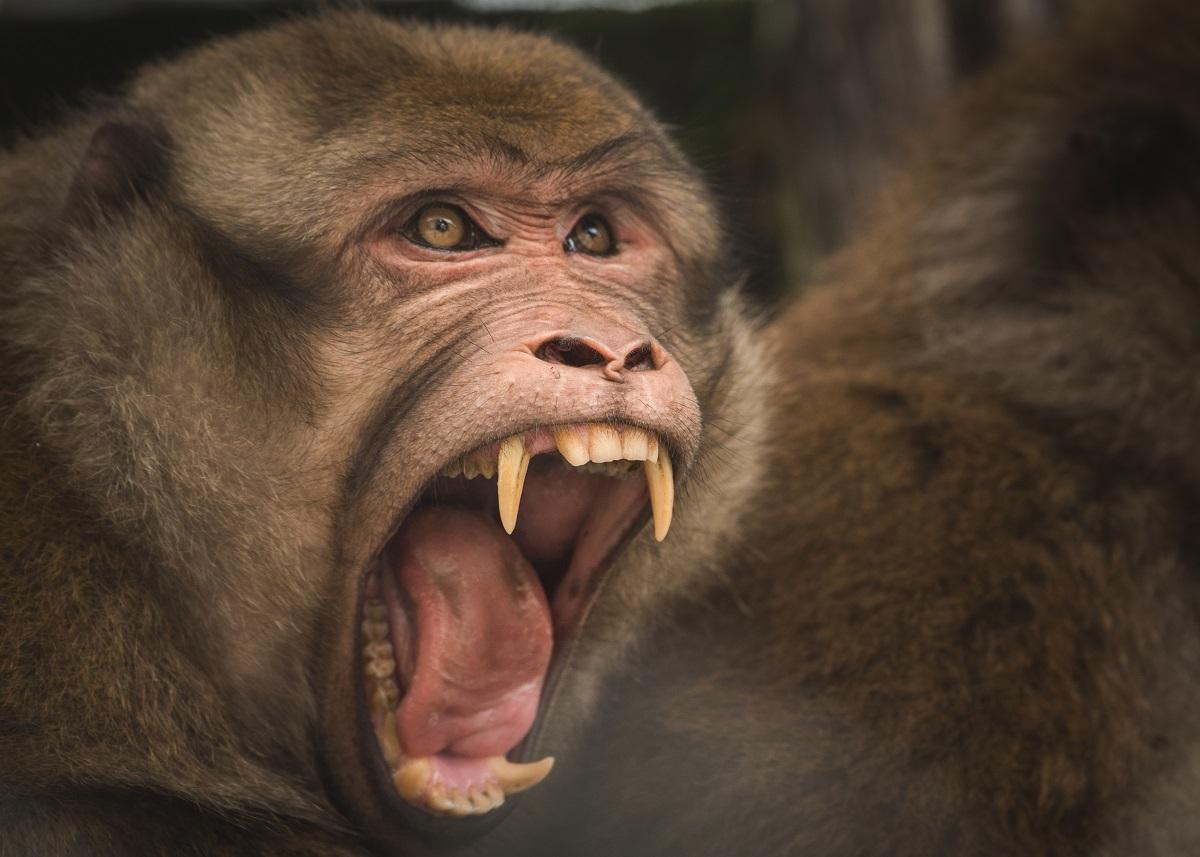
Macaques are one of the most widespread and diverse genera of monkeys in the world, found across Asia and parts of North Africa. With over 20 different species, these intelligent primates have adapted to a wide range of environments, from snowy mountains to tropical forests—and even bustling cities. Whether they’re bathing in hot springs or swiping snacks from tourists, macaques are always up to something interesting.
What Are Macaques?
Macaques belong to the genus Macaca and are part of the Cercopithecidae family—also known as Old World monkeys. They’re medium-sized primates with expressive faces, dexterous hands, and often short tails. Their fur color ranges from gray and brown to reddish, depending on the species.
These monkeys are highly social animals that live in large, complex groups with strict hierarchies. Grooming plays a key role in maintaining social bonds.
Where Do They Live?
Macaques are native to Asia, with some species found in Japan, India, China, Indonesia, and the Philippines. The Barbary macaque, the only macaque species outside Asia, lives in the mountains of North Africa and famously in Gibraltar—making it the only wild monkey in Europe.
Their incredible adaptability allows them to thrive in diverse environments:
- Japanese macaques, also known as snow monkeys, survive freezing winters.
- Rhesus macaques, commonly called Rhesus monkeys, flourish in urban settings, temples, and even busy cities like Delhi.
- Crab-eating macaques live in mangroves and coastal regions across Southeast Asia.
Macaque Behavior and Intelligence
Macaques are intelligent and resourceful. They use tools, learn by watching others, and are capable of complex problem-solving. Some species have even been observed using stones to crack open nuts or using human hair as dental floss!
Their social lives are rich and sometimes dramatic. Dominance hierarchies play a huge role in macaque society. High-ranking individuals have better access to food and mates, while lower-ranking ones may have to rely on alliances and social savvy to get by.
Conservation Concerns
While some macaques—like the rhesus macaque—have large populations, others are threatened by habitat loss, hunting, and the illegal pet trade. Species like the lion-tailed macaque and Formosan rock macaque are considered vulnerable or endangered.
Human-macaque conflict is also a growing issue. In urban areas, macaques often raid crops or scavenge from trash, leading to tensions with local communities.
Macaques and Humans
Humans and macaques have a long, complicated history. Rhesus macaques have been used extensively in medical research, contributing to major scientific advances including the development of vaccines and treatments for diseases.
In some cultures, macaques are revered and protected—such as in Hindu temples in India or in Japanese folklore. In other places, they are considered pests or nuisances.
Fascinating Macaque Facts
- The macaque genus, Macaca, includes 24 species and at least 19 subspecies
- Japanese macaques are the northernmost-living non-human primates.
- The Barbary macaques of Gibraltar are legally protected and cared for by the British government.
- Rhesus macaques were the first monkeys in space (in 1948).
Final Thoughts
Macaques are a striking example of primate intelligence, adaptability, and social complexity. Whether navigating snowy mountains or city streets, they’ve found ways to thrive in a human-dominated world—but not without challenges. Understanding and respecting these clever monkeys is key to coexisting with them and protecting the more vulnerable species among them.
More photos below ↓
































Disclaimer: This blog post is for edutainment purposes only and may not be entirely accurate.






